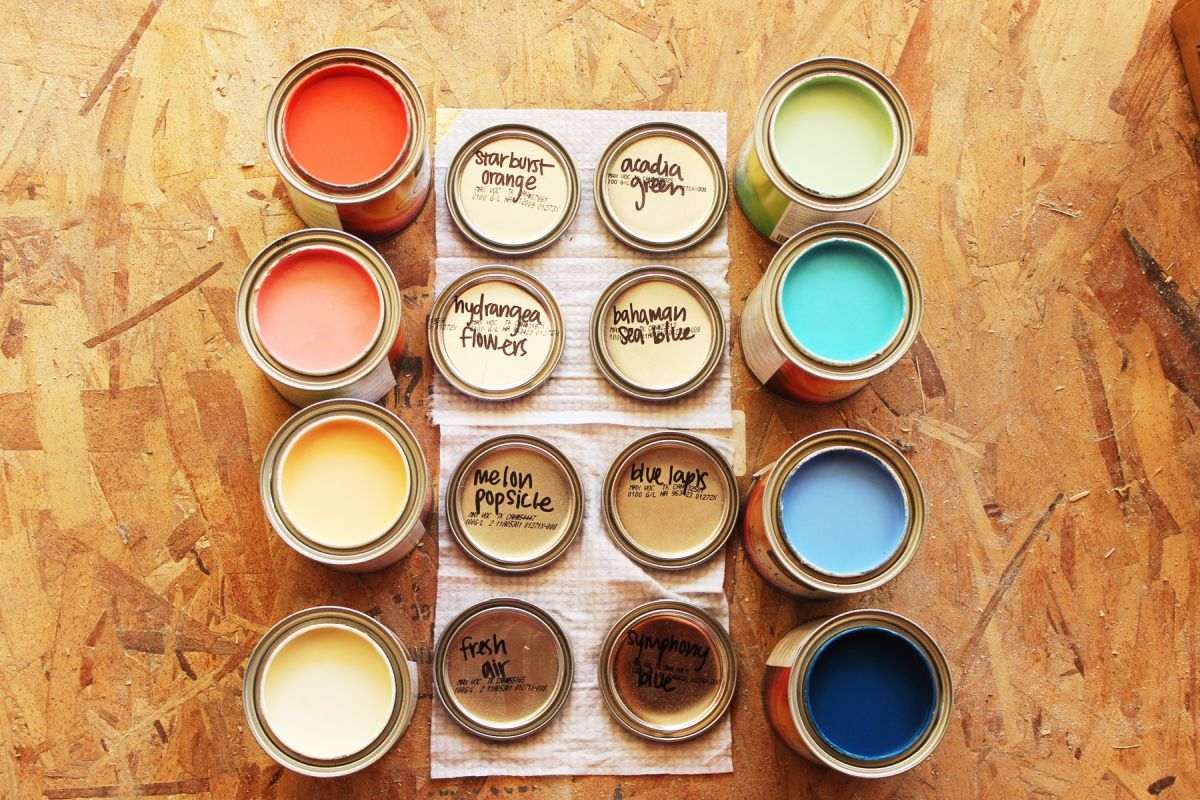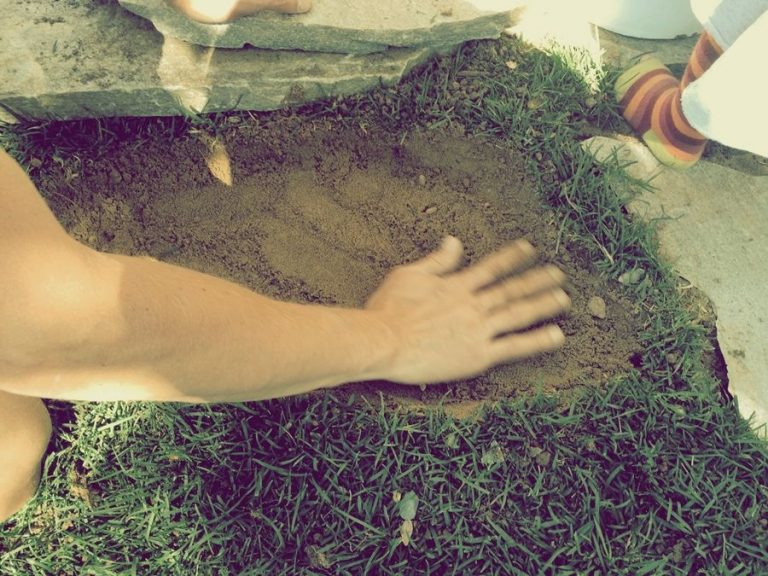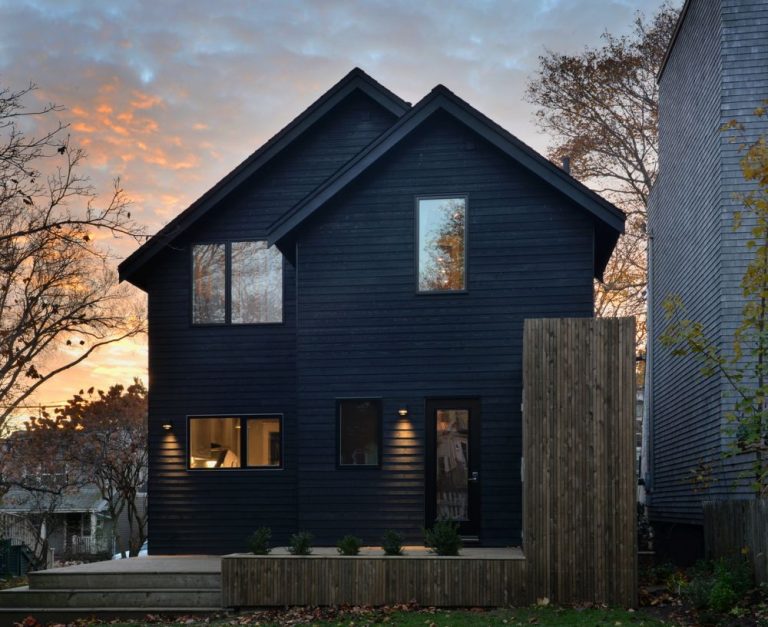How Long Does It Take Paint To Dry? And The Most Popular Painting Techniques
When you need to paint a room or complete a painting project in your house, one of the most important parts of the process is planning. Planning out how you’re going to tackle your room can help ensure that you don’t have to duplicate any efforts or redo any sections that you’ve already tended to. Let’s look over some of the basics of paint drying and curing, and how that might factor into your painting project!

Do we mean dry or cure?
Often, people speak of drying and curing and mean the same thing. However, they are not the same thing. It’s important to understand the difference. Why? Because if paint is dry or cured depends on what sorts of activities and actions you can take. Let’s take a look at what the distinction is between drying and curing.
Dry: Dry paint is when the paint is dry to the touch when you place your fingers on it. Dry paint occurs when enough of the solvents inside of the paint have evaporated and so the paint doesn’t feel sticky anymore. Most paint takes between one hour and eight hours to dry. You usually still want to wait until a while after the paint has dried before you put on a second or third coat. In times of doubt, always consult the manufacturer’s directions.
Cure: Paint takes significantly longer to cure than it does to dry. Curing occurs when paint reaches its maximum hardness and all of the solvents inside have evaporated. Before paint cures, it’s very fragile. If you hang anything on it or bump into it, there will be indentations that are irremovable. Curing takes days, and sometimes even weeks. You can check to see if your paint is cured by pushing your fingernail into a space that isn’t highly visible. Sometimes people refer to the amount of time it takes for paint to cure as the “set time.”

How do the types of paint impact how long it takes to dry?
The type of paint that you’re using to paint the room or space can also impact how long it takes the paint to dry and be ready for the next coat. There are two main types of paint that folks usually use when they’re painting inside their homes. Oil paint or latex paint. So what’s the difference? Let’s take a look.
Oil-based paints take quite longer to dry than latex paint does. Oil-based paints used to be very popular in homes, however it is not quite so popular any longer. The reason it’s less popular is in part due to how long it takes the paint to dry when you’re using oil paints. Oil paint takes an extensive amount of time to dry: each coat can take between six and eight hours to dry. Sometimes second coats are applied the same day (eight to ten hours later), but it’s more frequent that it happens the following day. Because of this, many people have moved away from using oil-based paints in their homes. The one upside? Oil-based paints cure more quickly than any other paint. It takes between three and seven days, and is very durable.
Related: Painted Furniture: How to Prep, Paint and Seal a Dining Table
Latex-based paints, on the other hand, are well-known for how quickly they dry. Latex paint, in contrast to oil-based paint, dries from the outside in. This shortens the drying time of the paint, but leads to longer times for the paint to cure. Often, latex paint is referred to as acrylic latex and its been thinned with water. One benefit to latex-based paints is that they are easily washable. Think about the times that you’ve painted with latex paint: as long as you immediately wash the roller and the brush, the paint comes out.

What are factors that can impact how long it takes for paint to dry?
There are a number of factors that can affect how quickly paint dries, regardless of the type of paint you’re using. It’s important to take these components into consideration when you’re planning out how long your project will take.
- Humidity: Because high humidity levels add moisture to the air, humidity levels can drastically impact how long it takes for paint to dry. If it’s rained outside recently, humidity levels are probably high, so you’ll want to avoid painting during this time. It’s best to try to have the humidity levels around 50% or lower. If you live in an area where it’s always high humidity, you may be asking, when can I paint? You should try to paint when there’ve been a few days of dry weather. The reason is that with more moisture in the air, the water in the paint can’t evaporate as quickly. This can lead to damage on the final paint layer.
- Temperature: The temperature of the house or room you’re painting in strongly affects how the paint dries or cures. It’s very important to make sure that the space is at least 50 degrees Fahrenheit. If the temperature is too cold, paint isn’t able to dry period. However, if the paint is too hot, say above 70 degrees, the paint can dry too quickly on the top layer. The result is that the bottom layer isn’t actually dry, and may result in bumps and blisters.
- Ventilation: Ventilation impacts how fast paint dries in several ways. A well-ventilated space helps paint dry quicker. If the space isn’t well-ventilated, and the temperatures (and humidity) are mild outside, consider opening a window to help with ventilation.
- Things that can help: If you’re concerned about ventilation, consider using a box fan to help with the drying. A box fan not only increases ventilation, but can also help decrease the humidity in the room. If you don’t have a box fan, a ceiling fan is another good option. Creating some cross-ventilation will assist with airflow in the room.
- Follow the manufacturing directions: Above all else, follow what is written on the can of paint that you purchase. The manufacturer’s directions will be your best guidance!

How long does it take for paint to dry based on application?
The amount of time that it takes for your paint to dry can be impacted based on how you apply it. You want to ensure that when you paint, whether you use a roller or a brush, that you do not apply it too thickly. If you paint a thick layer, the dry time will take incredibly longer than normal. Plus, the paint might dry unevenly or with bubbles of spots on it. Neither of these are ideal!
FAQ:
How long should I wait between coats?
The amount of time between coats will depend on the type of paint you’ve used. Oil-based paints will require a longer wait between coats (closer to 24 hours), however latex-based paints can take a second coat after about four hours of waiting. Just make sure that the wall is dry before you paint another coat.
How can I tell that the paint is dry?
You can tell that the paint is dry when it’s no longer sticky to the touch. Tacky paint needs to wait longer. Although you might be tempted to dive in, if you rush the waiting time, you’ll end up having to duplicate work.
How many coats should I use?
The number of coats that you use is mostly a matter of personal preference. But, the best bet is to use at least two coats. Some paint colors will need more coats, depending on the richness you’d like. Darker colors can require more coats to get a deep tone. If you’re going to paint a lighter color, the amount of coats you need will depend on what color you’re painting over. This brings us to the next question.
Do I need primer?
There are a few situations where you do need primer. The first instance is if you are using a light color over a darker color. If you attempt to paint a light color over top of a dark paint color, say a yellow over top of a red, the yellow won’t be a true yellow. Primer will give you a base to work from. Primer is also ideal if you’re painting new drywall, as drywall soaks up paint. The bonus to all of this? Primer is way less expensive than regular paint. That means that you can spend more money on quality paint!
Do I start with the trim, walls, or ceiling?
Different folks will have varying approaches about how to paint a room. Generally, when a house is built, the builders prime the ceiling and walls first. Then they install the trim, caulk it, and prime and coat the trim. It would make sense then, that if you’re repainting a room, you should approach it in the same order. Although you might not be repainting the ceiling, it’s good to keep it in mind and repaint it every so often.
When you paint then, you’ll want to begin by painting the walls, and then the trim last. The reason this makes the most sense is that if anything splatters as you paint, you won’t have to reapply to cover up what was already taken care of.
How long does it take for paint to dry?
Although we’ve answered this above with very specific ranges of information, if you’re looking for a simplified answer, the short version is this. Oil paints can take between six and eight hours to dry, whereas latex paints often take one hour. A second latex coat can be painted in about four hours, and the second oil coat can be done the next day. Twenty-four hours is a safe bet. Simple answers aside, it’s always best to check what the manufacturer’s label says. That will offer the best guidance, even if you take into consideration the factors we listed above.
Does it matter what type of brush I use?
It does! If you’re using oil-based paint, a china bristle brush is a good plan. If your paint is a latex-based paint, then stick to a synthetic brush.
What are some fun painting techniques that use multiple coats?
Although you may be using multiple coats in a normal everyday way, where you just use a single color, perhaps you’re looking for something that’s a bit more fun. Or, maybe you just want a fresh design that can add some pizazz to your project! Here are ten of the best painting techniques to
Polka Dots
Polka dots bring whimsy and play to any room, making them perfect for children’s rooms and adults who love fun. They’re an easy technique to tackle and don’t take very long!
Stencils
If you’re concerned about your artistic abilities, stenciling is for you! Find a stencil that you love and then dive into the creativity to your heart’s content
Color Wash
Color washing is usually referred to as faux painting. The secret to a successful color wash application is to gather the correct tools. Color wash has its roots in Tuscan techniques and brings extra warmth to any room.
Strié
Strié is a faux finishing technique that uses negative glaze. The key is to roll the glaze over the surface and then remove part of it with specific tools. Strié looks very elegant and makes the walls look as if they’ve been covered in fabric.
Sponging
Sponge painting is one of the easiest paint techniques to tackle and try. You’ll want to make sure that you gather sponges, gloves, and a bucket of water! Squeeze out the sponge before each use so that the application is consistent as you go.
Harlequin
Perhaps one of the most distinctive patterns, harlequin creates movement in your room, regardless of how small or large the room is. Incredibly versatile, you can use colors that are similar for a more elegant look, or colors that offer a strong contrast for a bold vibe.
Checkerboard
A checkerboard pattern may be overwhelming if you attempt to paint the whole room in this style. It is a solid option though if you’re looking to paint an accent area or even a border around a portion of the room!
Rag Rolling
Rag rolling allows you to either start from scratch and use new paint all around, or jazz up using a new top coat. Rag rolling adds extra depth to a room, creating a texture.
Metallics
Metallic paint creates a statement. Whether you’re going for an iconic style with an accent wall, or a smaller accent look, metallic paints are sure to please.
Stripes
Stripes are a classic painting technique that offers elegancy and charm to any room. You can go big with your stripes, or you can keep them thin. Additionally, you can use vertical or horizontal lines to vary it up.
As you can see, there are a lot of factors that impact the answer to the question ‘how long does paint take to dry?.’ Hopefully, this guide will prove helpful as you attempt to tackle you DIY project! Happy Painting!!
The post How Long Does It Take Paint To Dry? And The Most Popular Painting Techniques appeared first on Home Decorating Trends – Homedit.






